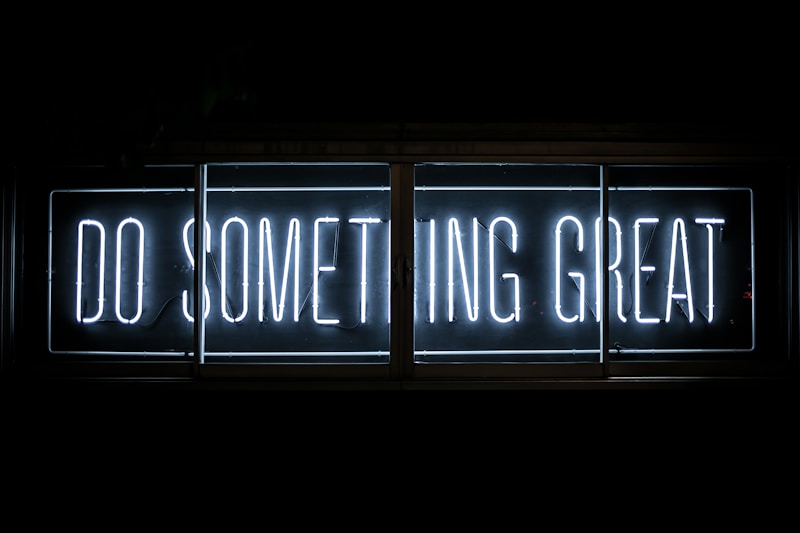Exploring the World of Embroidered Lace Designs: A Creative Journey
Introduction to Embroidered Lace Designs
In the realm of fabric artistry, embroidered lace designs stand out as a unique and captivating form of expression. Combining the delicate beauty of lace with the intricate details of embroidery, these designs are celebrated for their elegance and versatility. This article delves into the history, techniques, and modern applications of embroidered lace designs, highlighting why they have become a favorite among fashion designers and craft enthusiasts alike.
History of Embroidered Lace
The origins of embroidered lace can be traced back to the early Renaissance period, where artisans in Europe began experimenting with needlework techniques. Traditionally, lace was created by knotting and twisting threads to form motifs, which were later enhanced with embroidery. This art form blossomed in countries like Italy, Belgium, and Portugal, where intricate designs became synonymous with high-quality craftsmanship. Understanding the background of embroidered lace designs can enrich your appreciation for their beauty and complexity.
Evolution Over the Centuries
Throughout history, the styles and techniques of embroidered lace have evolved significantly. The 17th and 18th centuries saw the rise of bobbin lace and needle lace, while the Victorian era popularized intricate embroidery on lace which often adorned weddings and formal occasions. The introduction of sewing machines in the 19th century revolutionized lace production, making it more accessible to the masses. Today, modern technology further enhances this age-old art, allowing for new creative expressions.
Techniques Used in Embroidered Lace Designs
Creating embroidered lace designs involves a diverse array of techniques. Below, we explore the most popular methods:
| Technique | Description |
| Cutwork | A technique where parts of the fabric are cut away and stitched to create a lace-like effect. |
| Embroidery on Lace | This involves stitching patterns directly onto existing lace fabric. |
| Appliqué | Attaching smaller pieces of fabric onto lace to create layered designs. |
| Machine Embroidery | Utilizing embroidery machines to create intricate lace patterns quickly and consistently. |
Applications of Embroidered Lace Designs
Embroidered lace is versatile and can be used in a variety of applications, including:
Fashion
From bridal gowns to evening wear, embroidered lace designs are a popular choice among fashion designers. Their exquisite detailing adds a touch of romance and sophistication, making them perfect for any elegant ensemble.
Home Décor
Embroidered lace designs are also used in home textiles, such as tablecloths, curtains, and decorative cushions. These designs can transform a simple living space into a luxurious haven.
Craft Projects
For hobbyists and crafters, embroidered lace designs can enhance DIY projects. Incorporating lace into scrapbooking, card making, or embroidery can add depth and texture to creative works.
Choosing the Right Fabric and Threads
Selecting the appropriate materials is crucial for successful embroidered lace designs. Common fabrics used include cotton, silk, and organza, each providing a unique texture and finish. Additionally, choosing the right threads—like embroidery floss or metallic threads—can significantly impact the final look of your lace design. Remember to consider the weight and style of your chosen lace to ensure the embroidery complements rather than overwhelms the piece.
Popular Patterns in Embroidered Lace Designs
There are countless patterns available for embroidered lace designs. Some popular motifs include:
- Floral Designs: Often inspired by nature, floral patterns are timeless and versatile.
- Geometric Shapes: These modern designs bring a contemporary twist to traditional lace.
- Custom Monograms: Personalized lace with initials or names adds a special touch to any item.
Inspiration Sources
Finding inspiration for your embroidered lace designs can be as simple as exploring nature, visiting art galleries, or browsing online platforms like Pinterest and Instagram. Engaging with fellow artists or attending workshops can also spark creativity and introduce new techniques.

Creating Your Own Embroidered Lace Designs
If you're eager to dive into the world of embroidered lace designs, follow these steps for a successful project:
- Gather Materials: Collect your chosen fabric, thread, embroidery hoop, needles, and scissors.
- Select a Pattern: Choose a design that resonates with you, whether it be floral, geometric, or custom.
- Transfer the Design: Use tracing paper to outline the pattern on your fabric.
- Start Embroidering: Begin stitching, paying close attention to detail and technique.
- Finish Your Project: Once complete, wash and press your embroidered lace design for a professional finish.
Conclusion: The Timeless Appeal of Embroidered Lace Designs
In conclusion, embroidered lace designs serve as a beautiful intersection of tradition and modern artistry. Whether you are a seasoned designer or an enthusiastic beginner, exploring this craft can lead to countless creative opportunities. When venturing into your own projects, remember to experiment with different materials, techniques, and patterns to find your unique style. Always take your time, embrace imperfections, and enjoy the process of bringing your embroidered lace designs to life.
As we celebrate the art of embroidered lace, it’s essential to remain mindful of the techniques and sourcing materials responsibly. With the world of crafting continuously evolving, let your creativity flourish, and don’t hesitate to share your embroidered lace designs with the community!